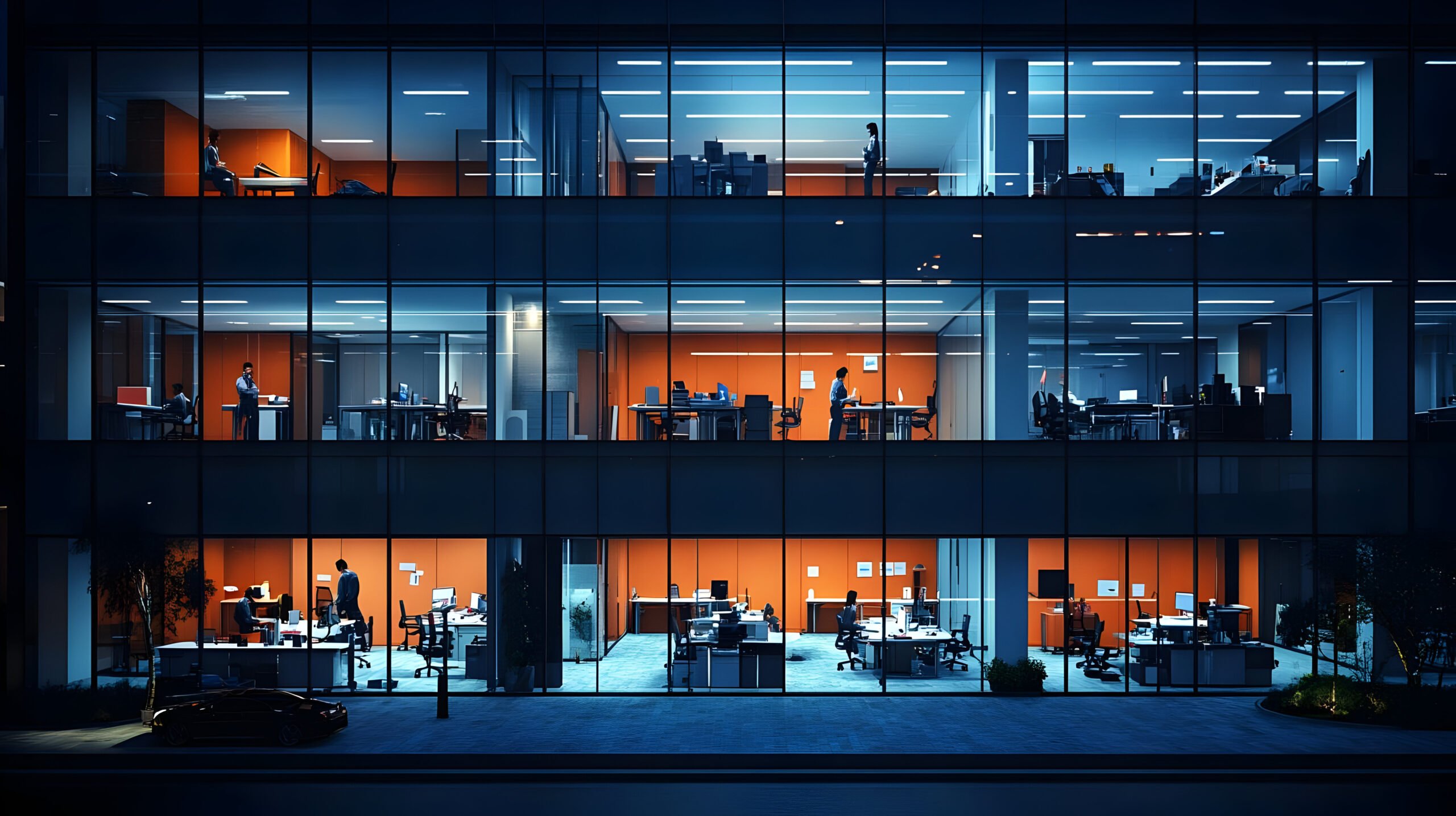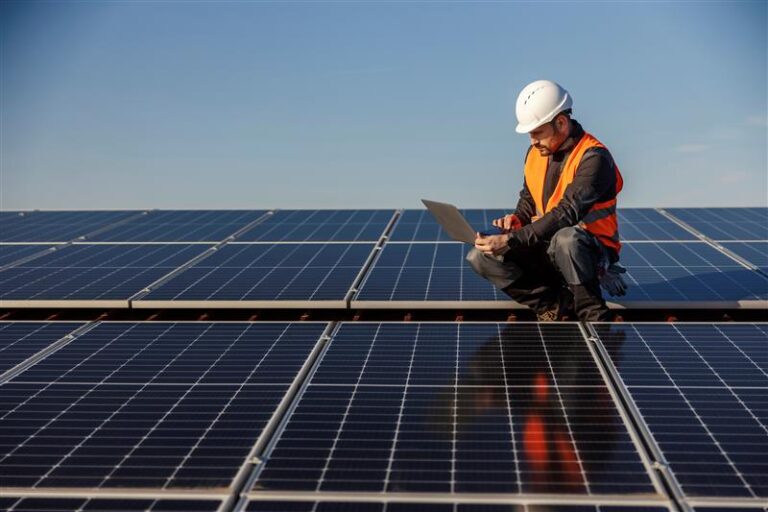Still in the dark on the Internet of Things? It’s time to discover its many benefits – starting with smart lighting.
The Internet of Things (IoT) is at the forefront of driving operational efficiency in organisations throughout the UK. Among its many applications is the optimisation of smart office lighting systems, with an increasing numbers of organisations adopting this tech and benefitting from reduced energy consumption, cost savings and enhanced workplace productivity too.
Since 2023, the manufacturing of fluorescent lamps has been banned as part of a phasing out of non-sustainable light sources, so now could be an opportune time for you to dig deeper into the key benefits this emerging, and highly-popular technology provides.
What is smart lighting?
Smart lighting is a cutting edge IoT-driven solution, designed to elevate your workplace by connecting lights to a cloud-based network for dynamic, real-time control. Using battery-powered sensors, the system adjusts lighting based on occupancy, natural light, time of day and even personal or team preferences.
This forward-thinking approach offers numerous benefits; including increased energy efficiency, cost savings, enhanced employee comfort, and support for your sustainability goals.
Here’s how integrating IoT-enabled technology will play a pivotal role in your net zero strategy.
Conclusion
IoT-enabled lighting is leading a new era of efficiency and automation, driving the development of environmentally responsible buildings. Several early adopters are reaping the rewards of lower energy consumption, reduced costs and a more comfortable and productive work environment. However, many organisations remain unaware of the benefits and savings that IOT-enabled lighting can offer. By embracing IoT for lighting optimisation, organisations can improve their bottom-line performance, stay competitive and support net zero and sustainability targets.
To find out more about the operational benefits of adopting smart technology in the workplace get in touch.














